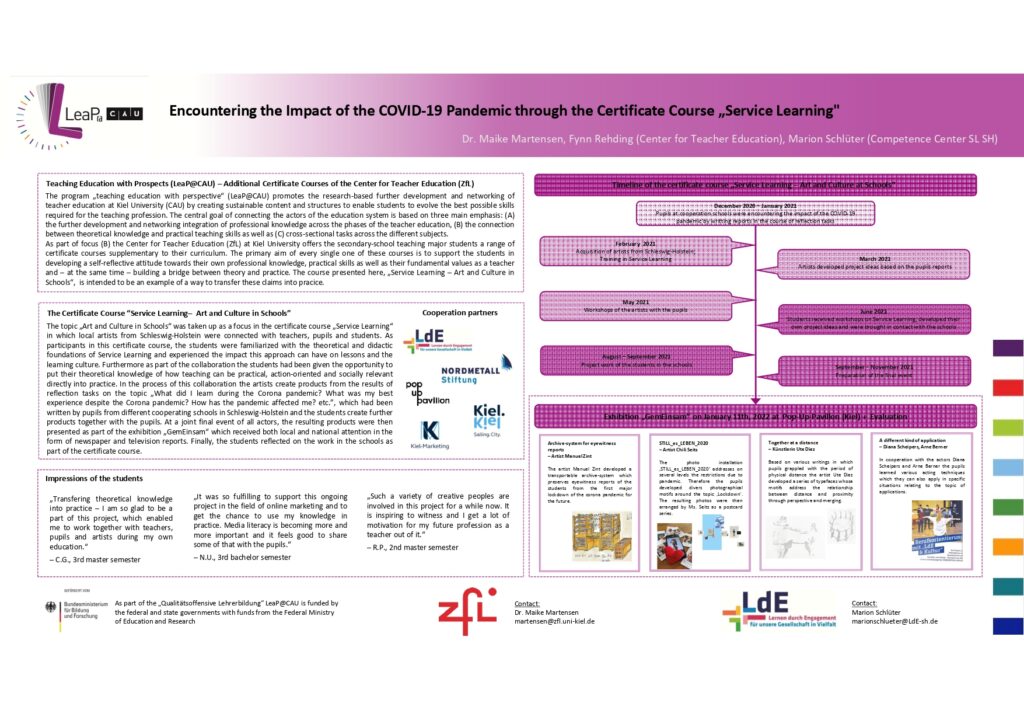
LEARNING OUTCOME
To see possible models and ideas for S-L., learning from peers.
Introduction
Universities already have valuable resources, e.g. students, teaching and non-teaching staff, classrooms, libraries, technology, research expertise, that can be used to address community needs. In addition, they have historically served their communities by promoting regional economic growth, addressing community health and education needs, and enhancing their cultural life.
Extracurricular and curricular activities are the two primary ways in which universities support and foster partnerships with the community. Examples of extracurricular activities include participation at various student clubs, student initiatives, and other faculty/university/campus organizations. Colleges in particular offer their students a variety of experiential learning opportunities as a part of their curricular activities, e.g. internships, co-op programs, field experiences, student teaching, etc. However, the learning goals of these activities are often limited to enhancing students’ professional skills; they do not overtly or implicitly promote the value of service to the community or the lessons of civic responsibility for students.
Service learning is defined “as a credit-bearing educational experience in which students participate in an organized service activity that meets identified community needs and reflect on the service activity in such a way as to gain further understanding of course content, a broader appreciation of the discipline, and an enhanced sense of civic responsibility” (Bringle & Hatcher, 1996). Unlike extracurricular voluntary service, service learning is a course-based, credit-bearing educational experience that produces the best outcomes when meaningful service activities are related to course material through reflection activities such as directed writings, small group discussions, and class presentations. Unlike internships, the experiential activity in a service learning course is not necessarily skill- based within the context of professional education
Service learning provides an additional method to achieve educational goals. Student interest in the subject increases, new problem-solving skills are taught, and teaching becomes more fun, according to faculty who use service learning. It also improves performance in standard learning methods. In addition, service learning adds civic education to course objectives.
Examples
Research has discovered that students who participated in service learning performed better academically as assessed by midterm and final exams, had more positive course evaluations, and held more positive beliefs and values about service and community. The claim that service learning has beneficial effects on personal, attitudinal, moral, social, and cognitive outcomes is supported by other studies.
Follow some links to examples of service-learning projects:
Chaytor, L. (2003) ‘Urban empowerment’, Proceedings of the 4th conference on Information technology curriculum [Preprint]. doi:10.1145/947121.947171.
Examples of service-learning projects (2018) Service-Learning. Available at: https://serc.carleton.edu/sp/library/service/examples.html (Accessed: 29 September 2023).
Medical service learning (no date) Service Learning | IU School of Medicine. Available at: https://medicine.iu.edu/md/service-learning (Accessed: 29 September 2023).
Service learning (2023) Connect to the World We Live In. Available at: https://serc.carleton.edu/integrate/teaching_materials/themes/connect_world/service_learning.html (Accessed: 29 September 2023).
References
Boyer, E. “Creating the New American College.” Chronicle of Higher Education, 9 March 1994, A48.
Reflection questions
Example of good practice
Poster example:

